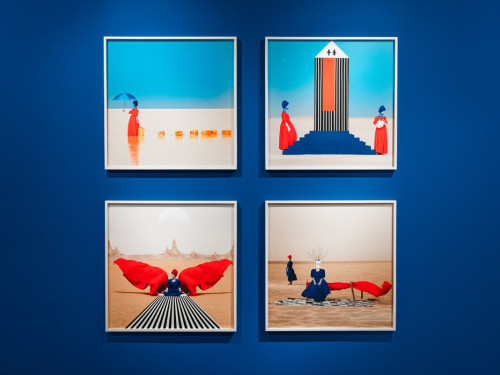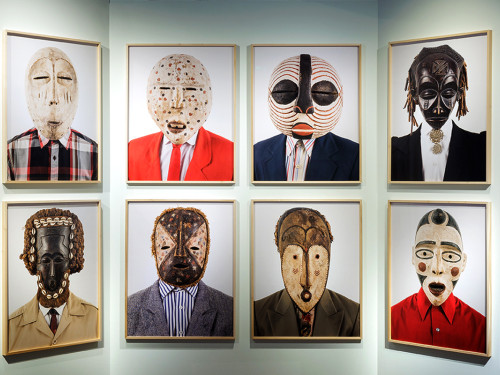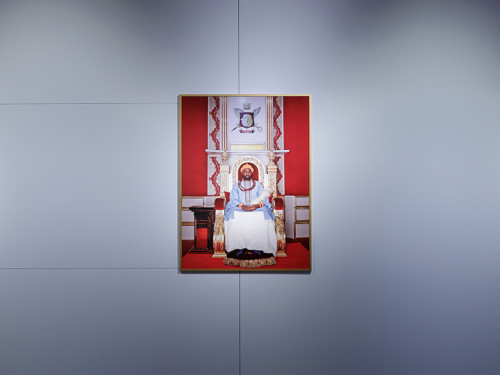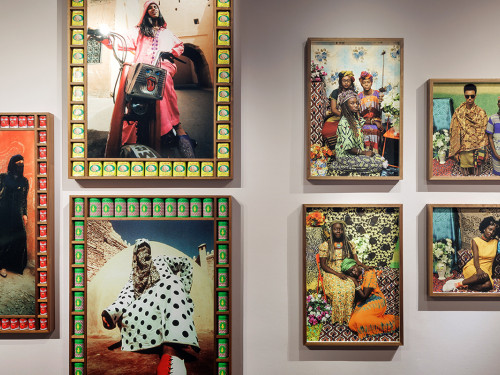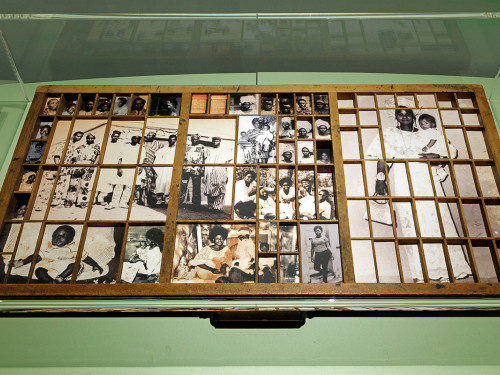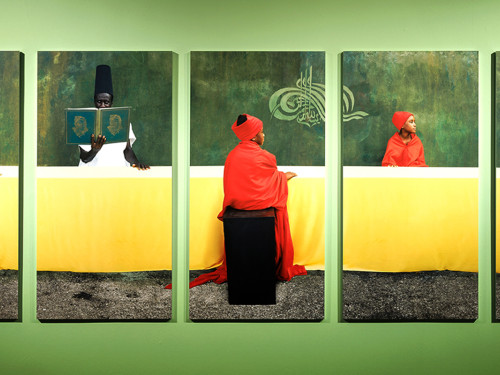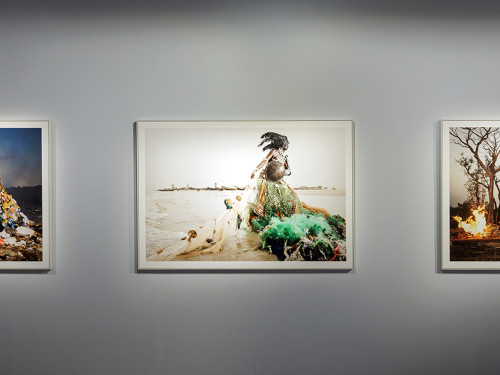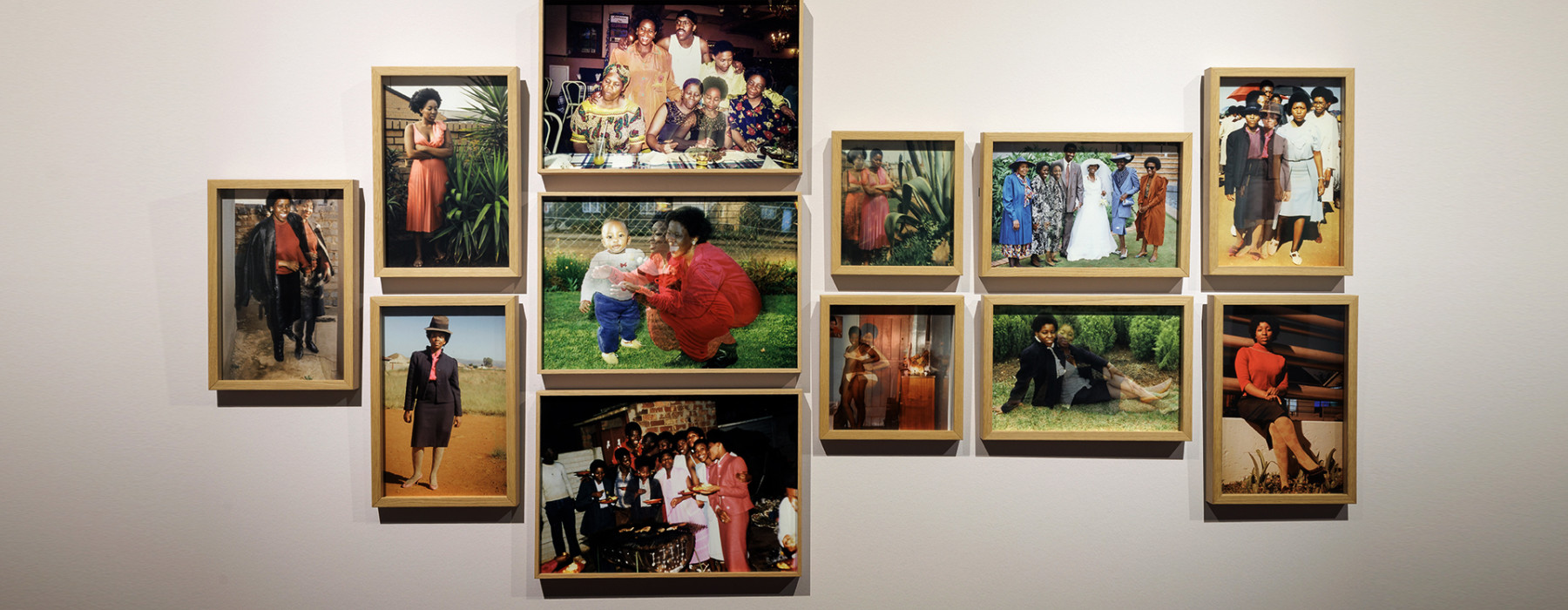
What sparked your interest in photography?
I am an artist whose archival enquiry is centred around oral histories through the use of existing images and narratives to implicate lesser-known subjectivities. My practice reflects on the construct of time in photography and memory. I am preoccupied with the act of remembering and the construction of memories through photography, the materiality of memory and memories as a field of invention. Indicative of my primary use of photography as a malleable medium as well as ongoing interest in the very construct of memory.
How would you describe your artistic style and approach?
My practice deconstructs the colonial context of the archival images and situates their meaning in a contemporary interrogation of the authorship of historical narratives in the contemporary. My interdisciplinary approaches include photography, film, installation and fabric patchworks.
After my photography studies in 2011, I worked for television productions as a photographer on set and became fascinated with the world building possibilities of set-design. When I started working on Ke Lefa Laka : Heir-Story (2013), where I portray my family’s narrative of the past through the story of my grandfather’s journey to the Johannesburg. To create each scene, I turned architectural elements borrowed from the Internet and portraits taken from my old family photo albums into a theatre set. Printing them in black and white on large cardboard pieces and using them as the actors in my theatre set as life-size installations. The scenes created were based on oral stories told by my family members, passed down from one generation to the next.
Over the 12 years, the work has evolved and I have continued to experiment with different scales and materialities. In the work Staging Memories (2022), which makes use of literature as primary source material. Blending photography, theatre and literature, Staging Memories (2022) presents the impact of the bigger picture on the small personal family one and suggests contemplation of the way we construct and describe our memories. This work is presented in the form of a large-scale mechanised pop-up book installation and positions the “non-fictional” assumption of photography in conversation with the “fictional” world-building capacity of theatre and literature.
How does your work help us imagine other ways of seeing and understanding our present?
My artistic process is mostly research intensive and investigate the materiality of photography and the relationship of memory and fantasy. By positioning the “non-fictional” assumption of photography in conversation with the “fictional” world-building capacity of theatre and literature. Though I mostly work with photography, film and sculpture, I often borrow elements from theatre and literature. Therefore lighting, staging, performance and storytelling are key to my experimentations.
My most recent installation “The Sea is History” stems from my recent curiosity about lighthouses, which became the basis for my multi-channel film installation Dipina tsa Kganya (2021). The word dipina means ‘songs’ in my mother tongue seSotho. The song referred to is that of my family clan names, traditionally passed down through oral tradition. Additionally, the Sotho word for ‘light’: kganya–is in the etymology of my last name: Kganye. The two performative gestures in the film are in conversation with the southern African practice of the ‘praise-singing’ of clan names as a way of passing down the origins of the family story as an act of resistance to historical erasure, to ensure its unwritten continuity.
(Header credits: Lebohang Kganye, courtesy of Artist Studio via New Art Exchange, Nottingham; Ke Lefa Laka / Her-Story)
A World in Common is on view until 25 August 2024.
